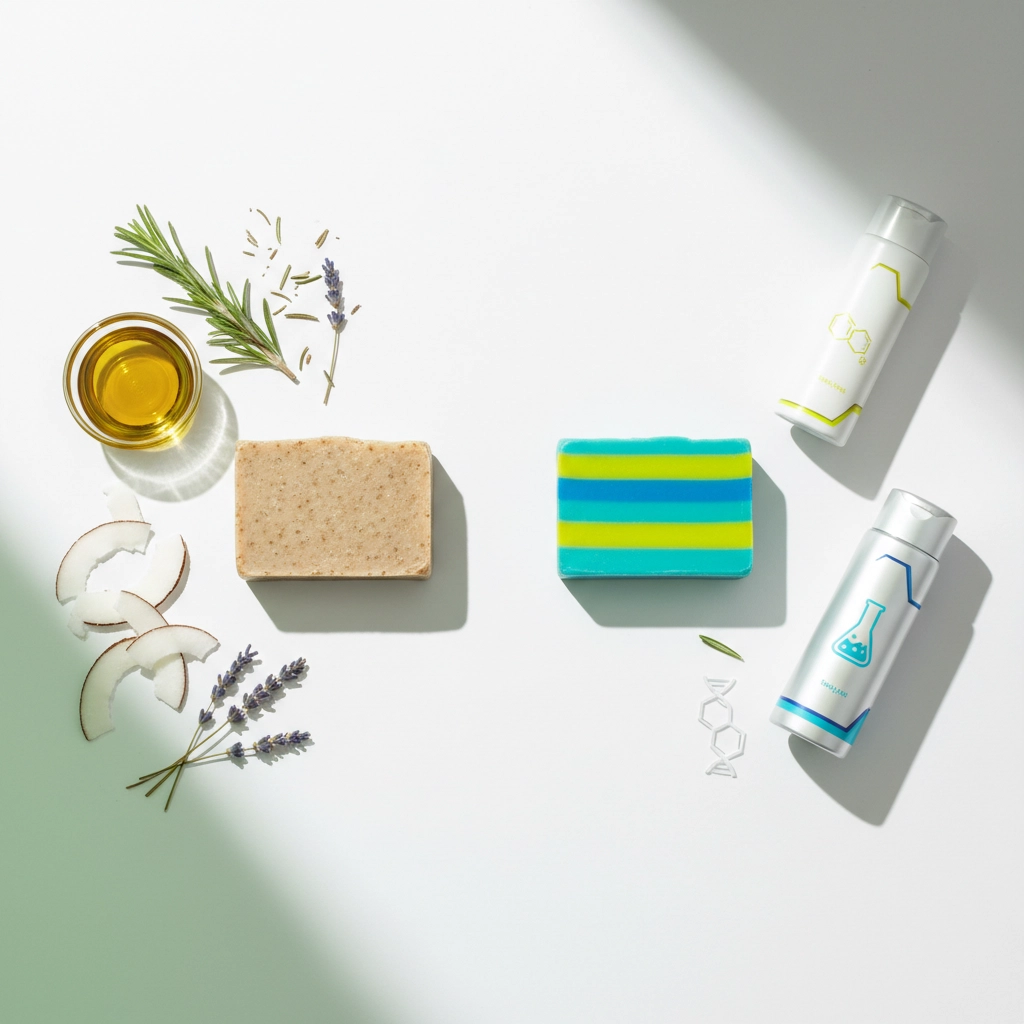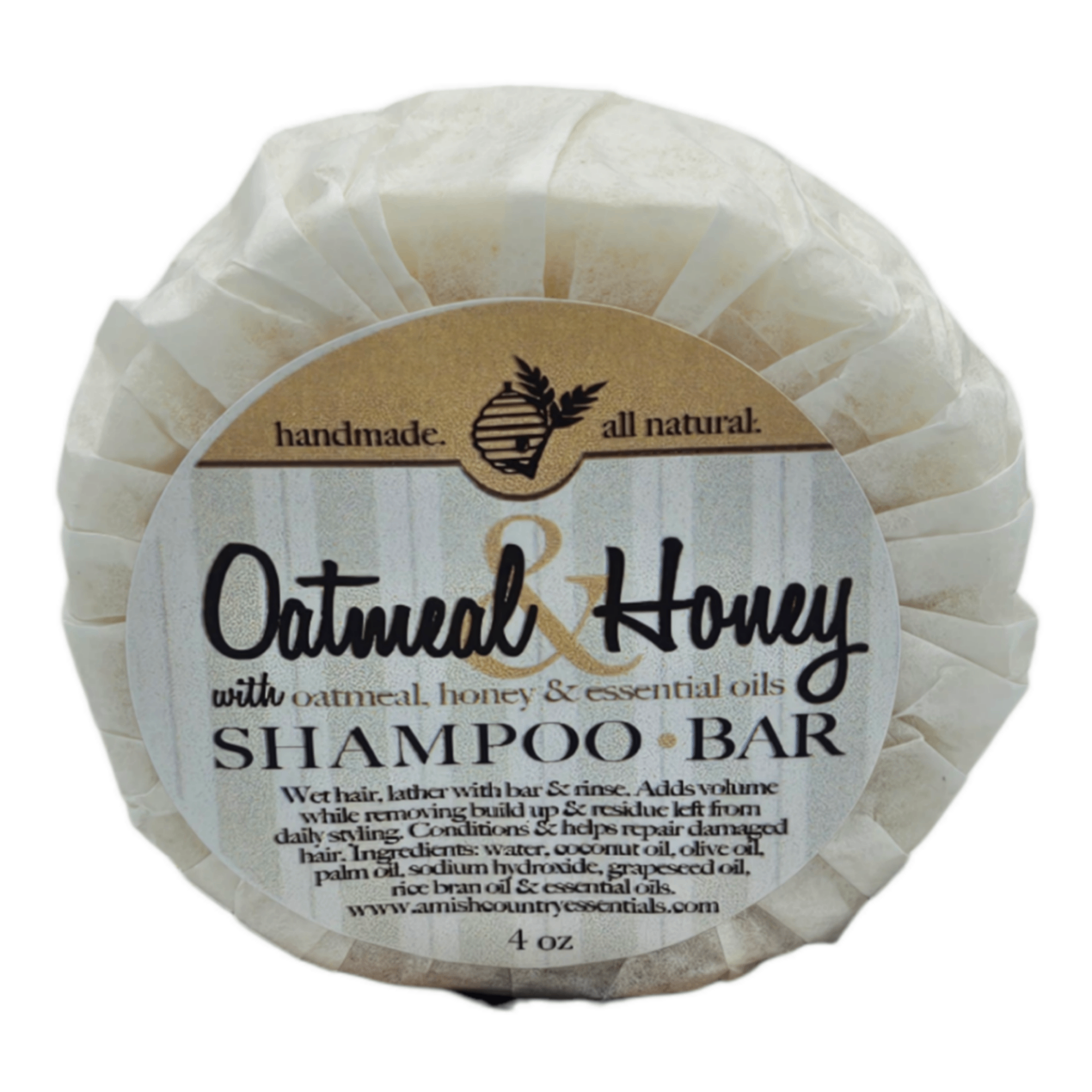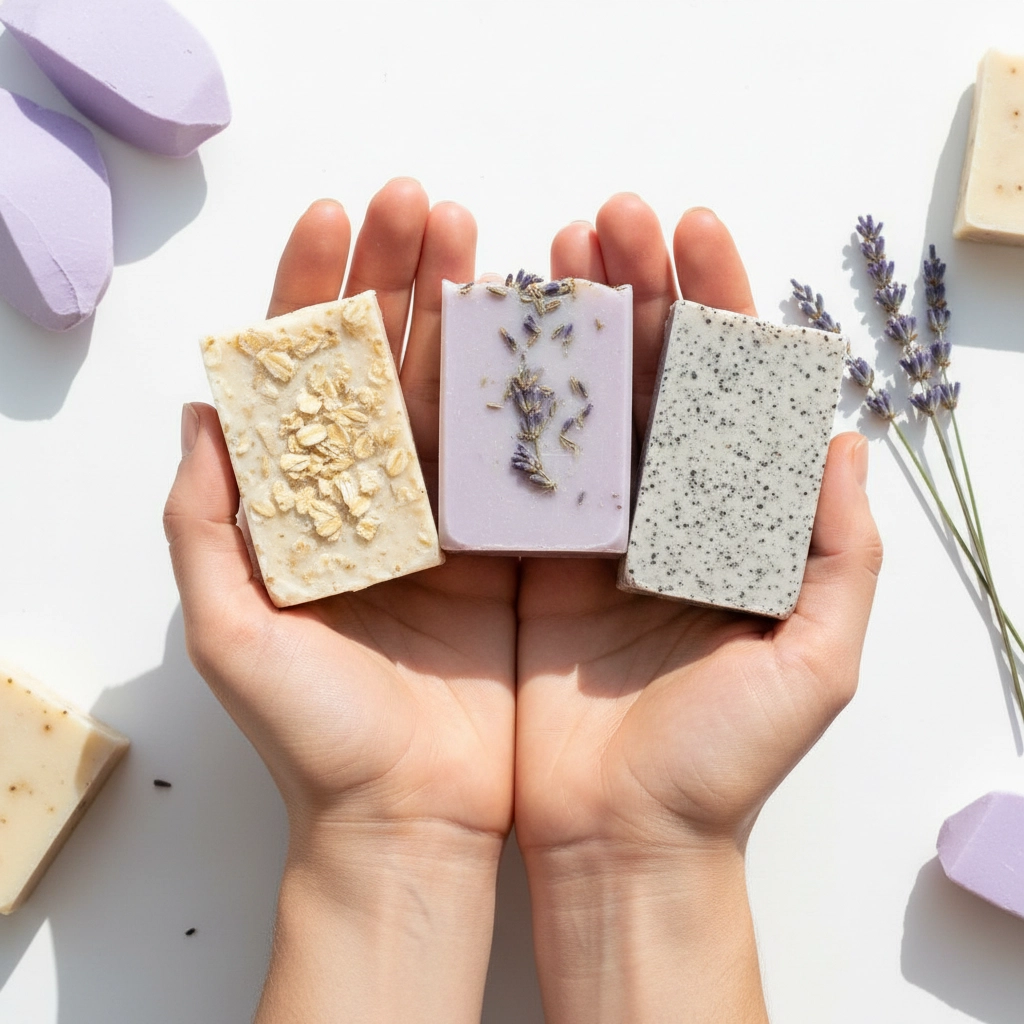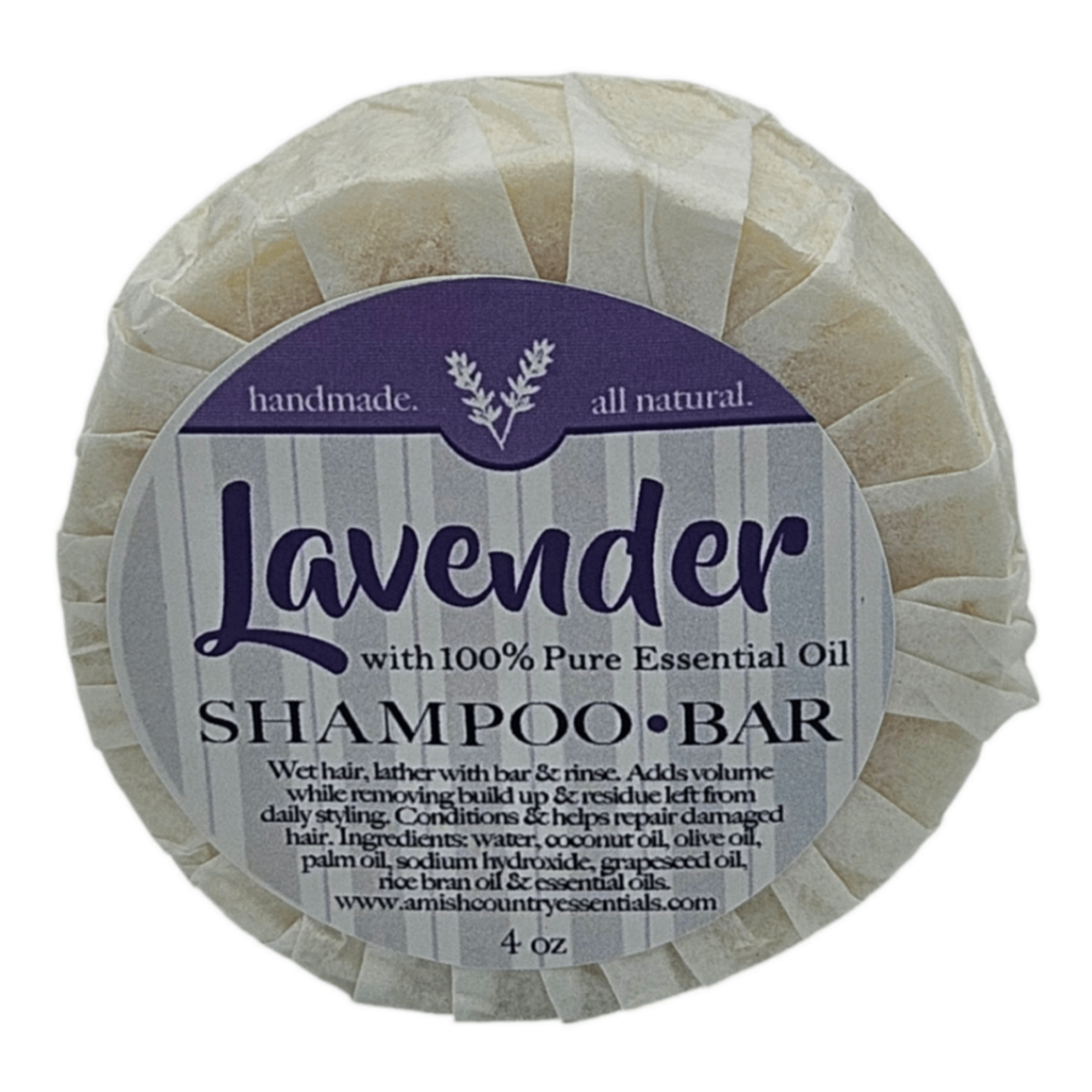You've decided to make the switch to natural soap: congratulations! But if you're like most people making this transition, you're probably making some common mistakes that could be sabotaging your results. After nine generations of soap making experience, we've seen these same errors repeatedly, and the good news is they're all easily fixable.
Here are the seven most common mistakes people make with natural soap, and how centuries of traditional knowledge can help you avoid them.
Mistake #1: Judging Soap by Its Appearance Instead of Its Ingredients
Most people pick up a bar of soap and immediately judge it by how it looks: the color, the shape, whether it has fancy swirls or glitter. This is exactly backwards from how you should evaluate natural soap.
Traditional soap makers focused on function over form. A truly natural soap might look plain, uneven, or have a simple appearance because it's made with pure ingredients without artificial colorants or unnecessary additives.
The fix: Always read the ingredient list first. Look for simple, recognizable ingredients like coconut oil, olive oil, and palm oil. Avoid bars with long chemical names, artificial fragrances, or ingredients you can't pronounce. Our bar soap collection exemplifies this principle: each bar is crafted with time-tested ingredients that prioritize effectiveness over flashy appearance.

Mistake #2: Using Shampoo Bars Like Regular Liquid Shampoo
One of the biggest mistakes we see is people trying to use natural shampoo bars exactly like liquid shampoo. They lather it up in their hands, apply it to wet hair, and then wonder why it doesn't work as expected.
Shampoo bars require a different technique that our ancestors understood instinctively. The key is direct application and proper rinsing technique.
The fix: Wet your hair thoroughly, then rub the shampoo bar directly onto your scalp and hair from root to tip. This creates the right kind of lather for effective cleansing. Follow with a thorough rinse: this step is crucial for removing any residue. Our charcoal shampoo bar guide provides detailed instructions for getting the best results.
Mistake #3: Not Giving Your Skin Time to Adjust
When switching from commercial soaps loaded with synthetic detergents to natural soap, your skin needs an adjustment period. Many people give up after a week, thinking natural soap "doesn't work" for them.
Commercial soaps strip your skin's natural oils, causing your body to overproduce oil to compensate. When you switch to gentle, natural soap, your skin needs time to rebalance: typically 2-4 weeks.
The fix: Commit to using natural soap consistently for at least one month before making any judgments. During this transition period, you might notice your skin feels different, but this is normal. Traditional soap makers understood this adjustment period and counseled patience. Trust the process that has worked for centuries.

Mistake #4: Storing Your Soap Incorrectly
Nothing kills a good bar of natural soap faster than poor storage. Many people leave their soap sitting in pooled water or in completely enclosed containers where air can't circulate.
Natural soap needs to dry between uses to maintain its hardness and longevity. Traditional soap makers always emphasized proper drying as essential for extending soap life.
The fix: Use a soap dish with drainage holes or ridges that allow water to run off. Between uses, store your soap in a well-ventilated area where air can circulate around it. If you're traveling, let your soap dry completely before packing it in a breathable container. Proper storage can double or even triple your soap's lifespan.
Mistake #5: Choosing the Wrong Soap for Your Skin Type
Not all natural soaps are created equal, and what works wonderfully for your friend might not be ideal for your skin. This is where traditional knowledge really shines: experienced soap makers understood that different ingredients serve different skin needs.
For example, if you have sensitive skin, you might gravitate toward heavily scented soaps thinking "natural" means safe for everyone. However, even natural essential oils can be irritating for some people.
The fix: Start with the gentlest options and work your way up. For sensitive skin, look for unscented or lightly scented options with moisturizing oils like olive oil or shea butter. If you work with your hands or need serious cleansing power, consider specialized options like our Dirty Boy pumice soap, which combines traditional soap making with added pumice for tough cleaning jobs.

Mistake #6: Falling for "Natural" Marketing Without Understanding Ingredients
The word "natural" on soap packaging doesn't guarantee quality or safety. Many commercial soaps use this term loosely, mixing one or two natural ingredients with synthetic detergents and preservatives.
Traditional soap making uses a short list of time-tested ingredients. If a soap's ingredient list reads like a chemistry textbook, it's probably not truly natural: regardless of what the marketing claims.
The fix: Learn to recognize truly natural soap ingredients. Traditional soap contains fats or oils (coconut, olive, palm, etc.), lye (sodium hydroxide), and water. Additional natural ingredients might include essential oils, herbs, or natural colorants. If you see sulfates, parabens, or long chemical names, look elsewhere. Our family has been making soap for nine generations using the same basic principles: simple, effective ingredients that work.
Mistake #7: Expecting Instant Dramatic Results
Modern marketing has conditioned us to expect immediate, dramatic transformations from our skincare products. Natural soap works differently: it supports your skin's natural functions rather than forcing dramatic changes through harsh chemicals.
Traditional soap makers understood that good skincare is about consistency and patience, not instant transformation. Natural soap gently cleanses while maintaining your skin's natural protective barrier, leading to healthier skin over time.
The fix: Set realistic expectations and focus on long-term skin health rather than immediate dramatic changes. Natural soap provides steady, consistent results that improve over time. You'll notice your skin feels cleaner without being stripped, more balanced, and generally healthier. These benefits compound over weeks and months of consistent use.

The Traditional Advantage
These mistakes persist because many people are new to natural soap and lack the traditional knowledge passed down through generations of soap makers. Our family has been perfecting these techniques for 250 years, learning through experience what works and what doesn't.
Traditional soap making isn't just about following old recipes: it's about understanding why certain methods work and how to avoid common pitfalls. This knowledge helps you get better results from natural soap and makes your transition from commercial products much smoother.
When you choose soap from makers with deep traditional knowledge, you're not just buying a product: you're benefiting from centuries of accumulated wisdom about what makes truly effective, gentle soap.
Making the Switch Successfully
Avoiding these seven mistakes will transform your experience with natural soap. Remember that switching to natural products is a journey, not a destination. Give yourself time to learn what works best for your skin, store your soap properly, and choose products made by craftspeople who understand traditional methods.
The difference between commercial soap and traditionally made natural soap becomes clear once you know what to look for and how to use it properly. Your skin will thank you for making the switch: and doing it right.
Ready to experience the difference that traditional soap making knowledge makes? Explore our collection of handcrafted soaps made using time-tested methods, or learn more about our story and nine generations of soap making tradition.



